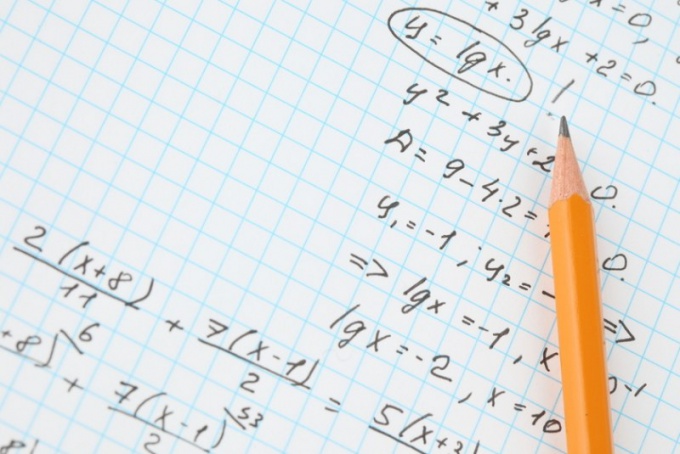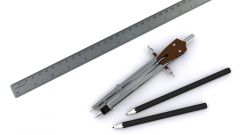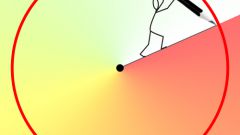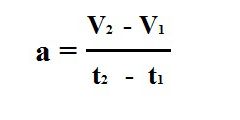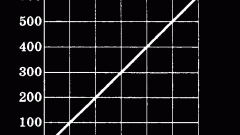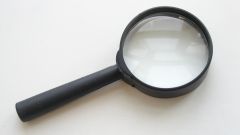Instruction
1
The most common problem in the determination of the radius of curvature of trajectory of the thrown body in a given period of time. The trajectory in this case is described by the equations on the coordinate axes: x = f(t), y = f(t), where t is the time and date at which you want to find the radius. Evaluation will be based on the formula AP = V2/R. Here the radius R is detected from the ratio of the normal acceleration AP and the instantaneous speed V of the movement of the body. Knowing these values, you can easily find the desired component R.
2
Calculate the projection velocity of the body on the axes (OX, OY). The mathematical sense of speed is the first derivative of the equations of motion. So they are easily found by taking the derivative of the set of equations: Vx = x, Vy = y'. When considering geometric data display projection in a coordinate system shows that they are legs of a right triangle. And the hypotenuse in it – the desired velocity. Based on this, calculate the magnitude of the instantaneous velocity V by the Pythagorean theorem: V = √( Vx2 + Vy2). Substituting in the expression is a known value of time, find the index of V.
3
Module normal acceleration is also easy to identify, having another right triangle formed by the module full acceleration and tangential acceleration AK. And here the normal acceleration is the leg and calculated as: AP = √( A2 - ak2). To find the tangential acceleration differentiate in time equation instantaneous speed of motion: AK = |dV/dt|. Full acceleration calculate from its projections on the axis, similar to finding the instantaneous velocity. Just for this take from the set of equations of motion of second order derivatives: Ah = x," y = y". The module of the acceleration a = √( ах2 + ау2). Substituting all the found values, determine a numeric value for the normal acceleration AP = √( A2 - ak2).
4
Express from the formula AP = V2/R the desired variable radius of curvature of the trajectory: R = V2/ AP. Substitute the numerical values of speed and acceleration, and calculate the radius.
